Flexible graphene nano-inks with an excellent bioactivity pave the way for next generation biomedical applications.
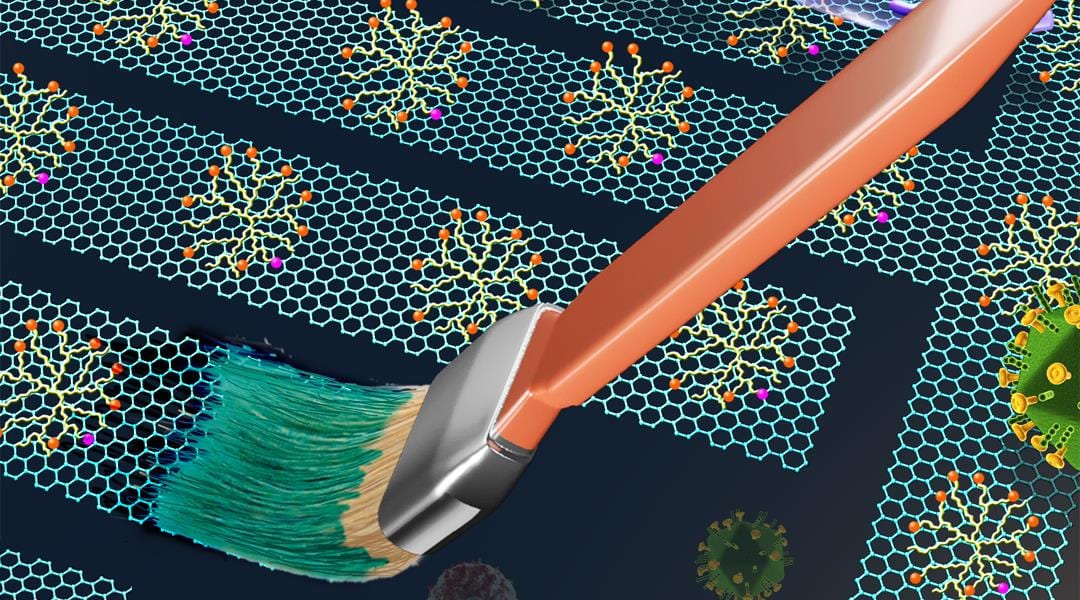

Flexible graphene nano-inks with an excellent bioactivity pave the way for next generation biomedical applications.
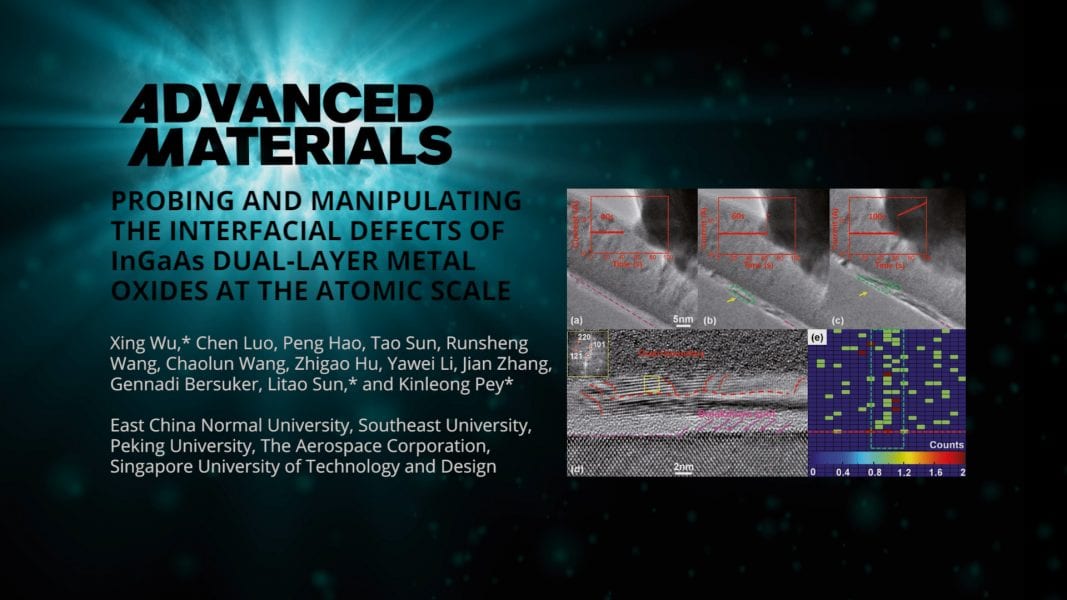
A team of researchers use in-situ transmission electron microscopy (TEM) to record the dynamic evolution of structural and electrical interfacial properties of zirconium dioxide films on aluminum oxide and indium gallium arsenide (InGaAs) substrates. This investigation paves the way towards faster, more efficient high-speed electronic devices.
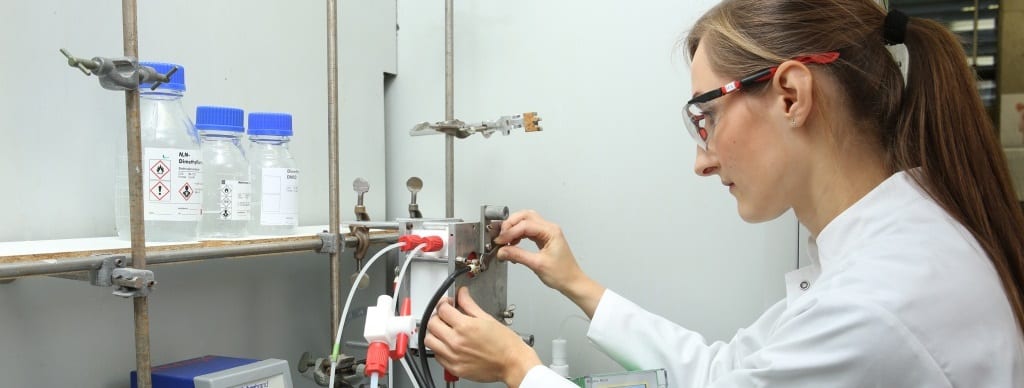
Waste from paper and pulp industry supplies raw material for the development of new redox flow batteries.

Batteries from a variety of manufacturers are examined using high-speed X-ray imaging to determine their failure mechanisms during thermal runaway.

A new printing method produces flexible graphene microsupercapacitors with a planar architecture, suitable for integration in portable electronic devices.

Via a bottom-up approach this research shows the production of scalable, stable InGaN nanowire photonic crystals for high efficient LEDs.

Fengyu Li and Yanlin Song from the Chinese Academy of Sciences, along with their co-workers, have designed high-performance flexible perovskite solar cells (PSCs) for wearable electronics using green printing technology.
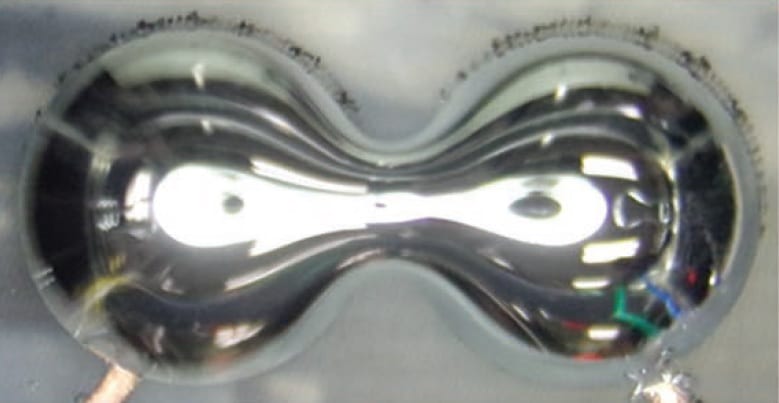
Exploiting electrochemistry to gain control over the interactions of liquid metal droplets enables reversible switching for soft circuitry.

Dr. Marta Mas-Torrent and her team are developing high-performance electrolyte-gated field-effect transistors (EGOFETs), electronic devices capable of working in an aqueous environment.
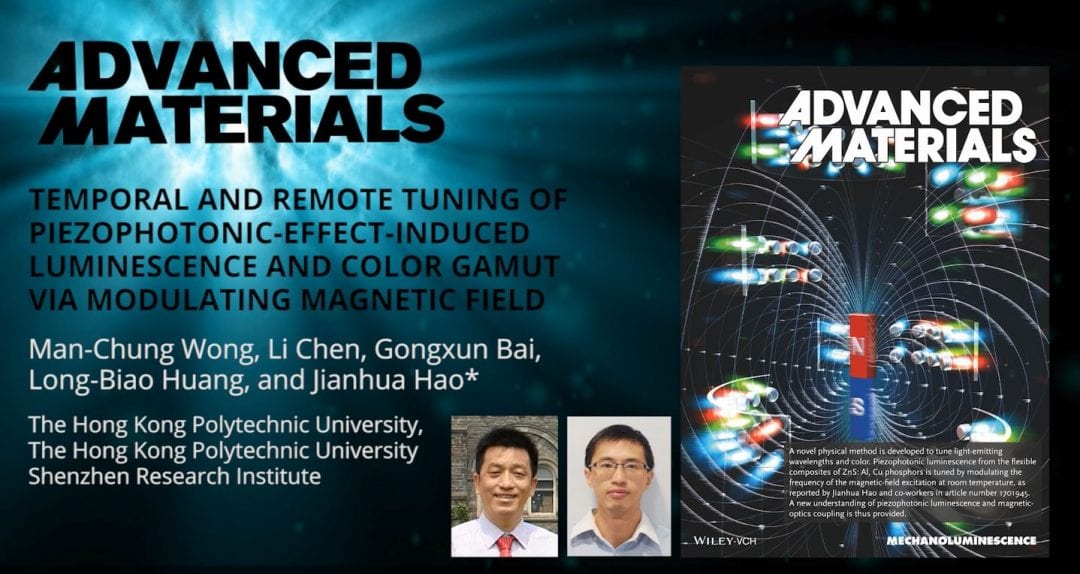
Researchers from Hong Kong Polytechnic University and the Hong Kong Polytechnic University Shenzhen Research Institute achieve remote and temporal tuning of luminescence intensity and wavelength in green- and blue-emissive piezophosphors by modulating the magnetic field. This novel method is promising for applications in magnetic optical sensing, piezophotonics, energy harvesting, nondestructive environmental surveillance, novel light sources, and displays.